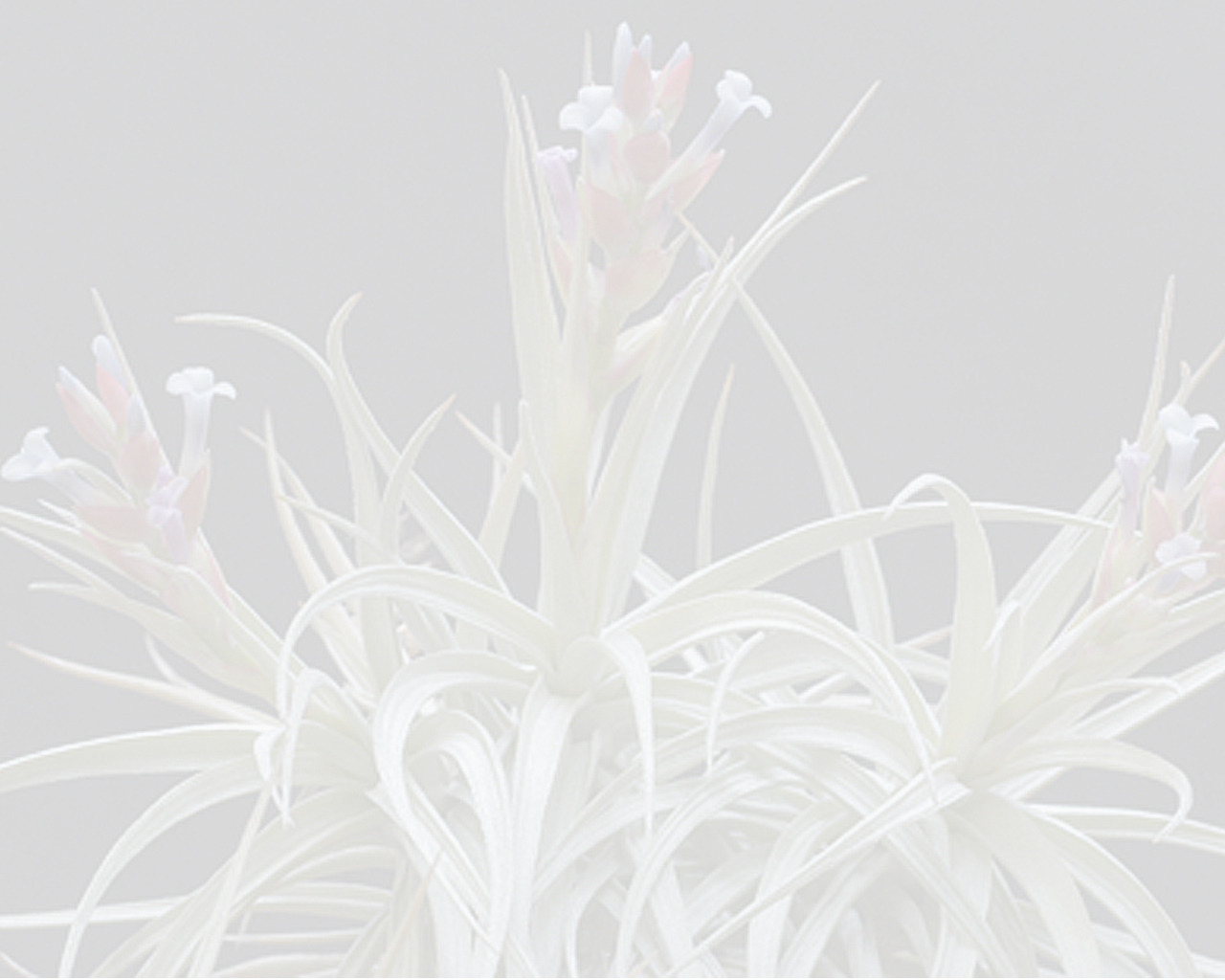


plant stemless, growing in groups, flowering to 40 cm high. leaves numerous, making a funnel rosette 20–30 cm diam., and 20 cm high; sheath distinct, long ovate, 6–8 cm long, pale green, both sides scattered scales; blade lineal lanceolate, long acuminate, delicate, thin, glabrous, fresh green, 15–20 cm long, 1.5–2 cm wide next to sheath. inflorescence: peduncle erect, to 20 cm long, thin, 3 mm thick, round green, glabrous; peduncle bracts sub-foliate, acuminate, longer than the internodes, erect, green, glabrous; fertile part 30–40 cm long, 10–15 cm wide, laxly twice-branched; primary bracts almost erect, shorter than the first branching arrangemant but longer than the unbranched bottom section, longish lanceolate, acuminate, to 7 cm long, the upper ones shorter, 1–2 cm long; secondary bracts shovel shaped, ca 5 mm long, much shorter than the sterile base of the spike; first side branch arrangement spreading, laxly spiralling, including to 7 cm long end-spike to 12 cm long, with very thin, also straight rachis; spikes to 7 cm long, ca 1 cm stem, 4 mm wide, with 1 mm thick, edged flexuous pale geen, almost white rachis. flowers very small, 3–4 mm long, sessile, spiralling (3 angled rachis), 2–5 mm apart; floral bracts shorter than the sepals, 2–3 mm long, 2 mm wide, ovate lanceolate, acuminate, not keeled, green with white edge, glabrous; sepals 3–4 mm long, at its widest 2.5 mm wide, short tipped, pale green, glabrous; petals white, a little overhanging the sepal, almost erect. stamens and style enclosed.Translated by Butcher (13-05-2015) from: Rauh 1976a. Bromelienstudien (Mitteilung 5). I. Neue und wenig bekannte Arten aus Peru und anderen Lšndern .